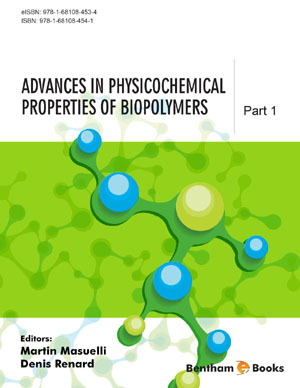Abstract
Theoretical models play a very important role in experimental practice and are essential for the development of current science and technology. They have been accessible for many years, but their development in recent decades, in parallel with the improvements in computation, has allowed the emergence of an important number of methodologies to complement experimental measurements. In this chapter, we present a brief overview of these methodologies. Among them, bead modeling has put a significant step forward. For rigid molecules, programs like those contained in the HYDRO suite have become very popular tools. For flexible molecules, computer simulation of their behavior in solution, either with a detailed atomic description (molecular dynamics) or based on coarse grain models for longer time scales (Brownian dynamics), is now a usual tool with a variety of accessible programs for use by scientists. Finally, a few examples of recent applications of these methodologies for proteins and polysaccharides are included. With this, we seek to illustrate to nonspecialized readers the possibilities available today and, hopefully, to encourage them to find ways to incorporate theoretical models to complement their work.
Keywords: Bead modeling, Brownian dynamics, Flexible models, HYDRO, Molecular dynamics, Monte Carlo, Polysaccharides, Proteins, Rigid models.

















